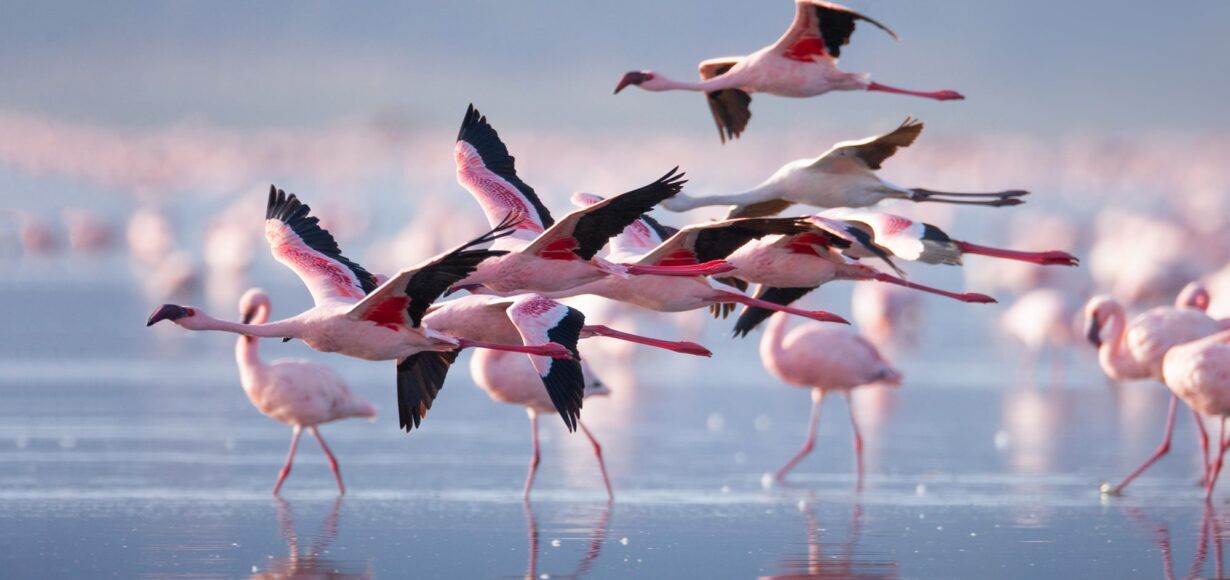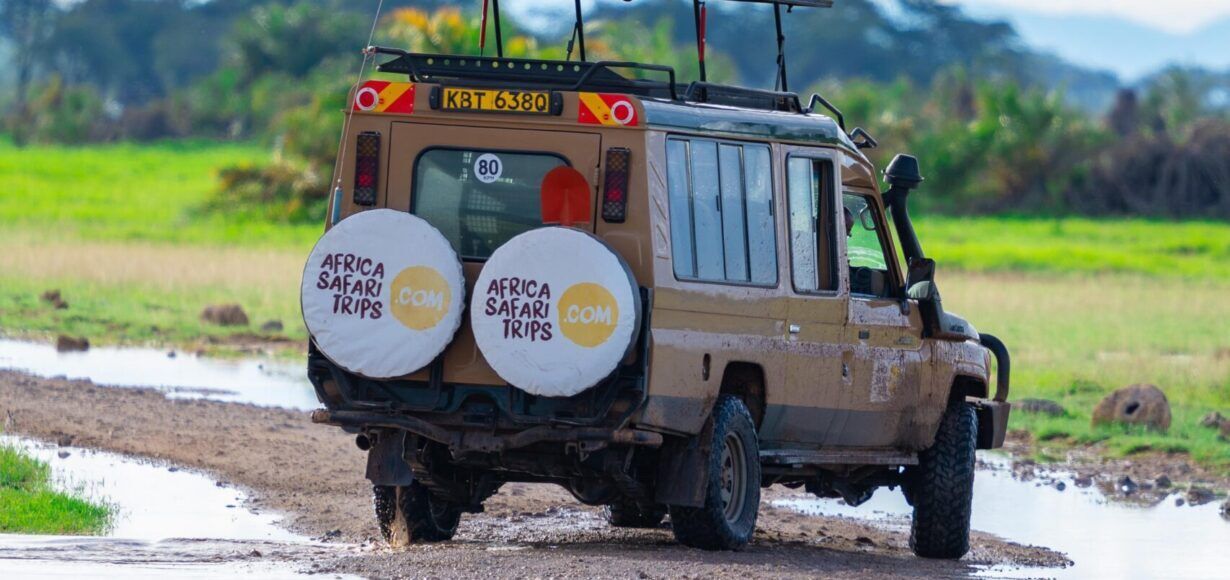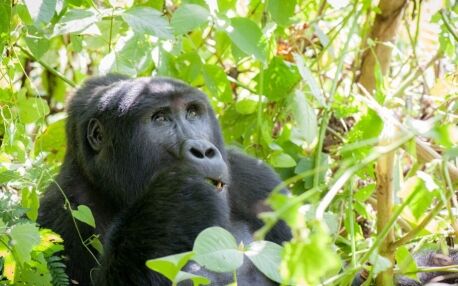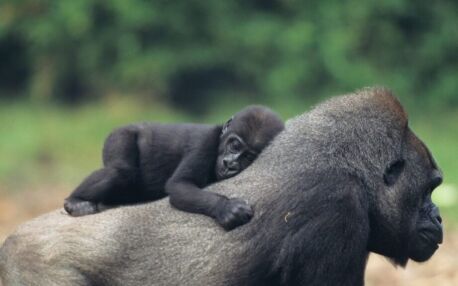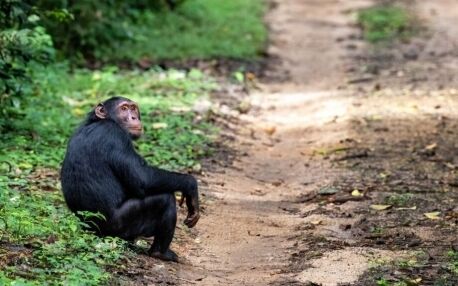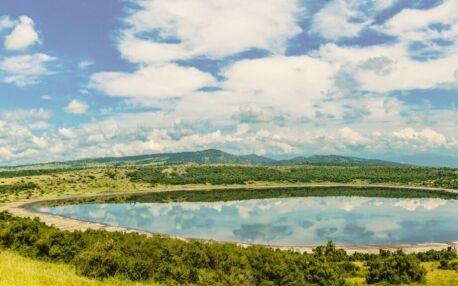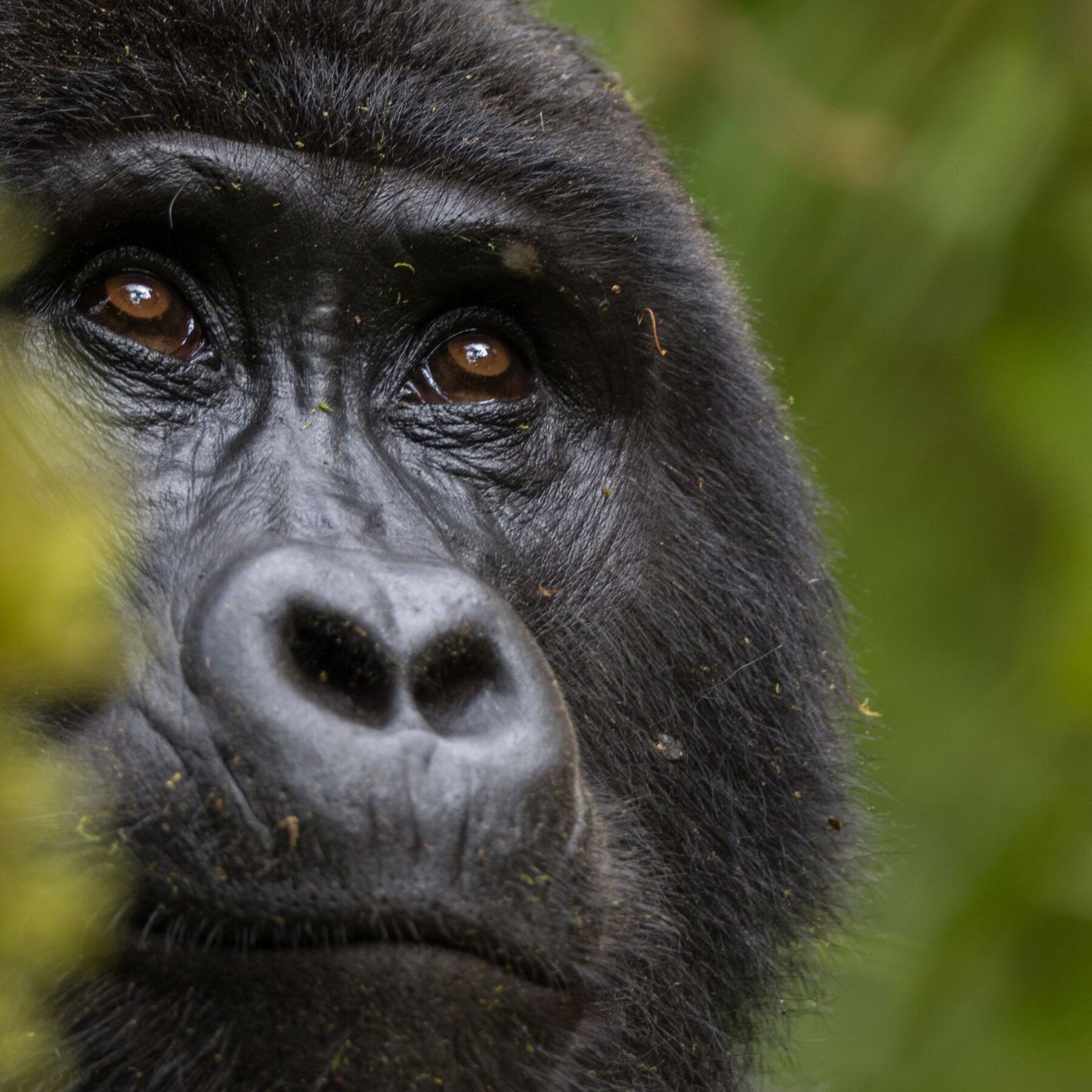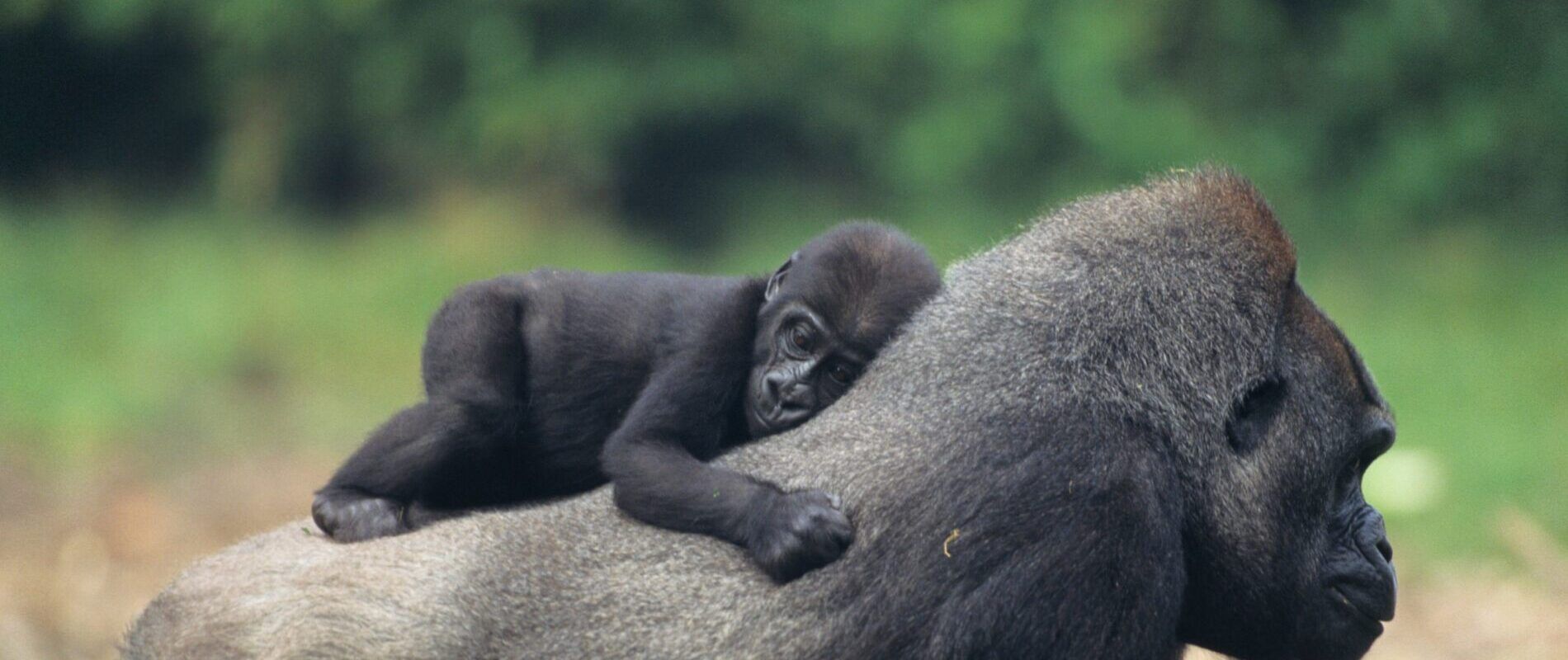
Gorilla trekking
Mountain gorillas are fascinating animals you can find in the midst of the rainforest. When visiting Uganda, gorilla trekking in Bwindi Impenetrable Forest or in Mgahinga Gorilla National Park is on the wishlist of many visitors.
Go gorilla trekking
Get inspired by these popular itineraries and go meet the fascinating mountain gorillas!
Did you know that mountain gorillas are a subspecies of gorillas and only live in a specific part of the world? In no more than two places, to be precise: in the Mgahinga Gorilla National Park on the border of Rwanda and the Democratic Republic of the Congo and, of course, in Uganda’s Bwindi Impenetrable Forest.
When visiting Uganda, gorilla trekking is on the bucket list of many visitors. We’ll tell you a little bit more about these (mainly) gentle giants and you’ll understand why.
Gorillas are fascinating
Mountain gorillas are the largest and most impressive kind of gorillas but still the ones hardest to find. Why? Because they live high up in the mountains (as you might have guessed). In the 1980s these beautiful animals had almost gone extinct, with no more than 280 animals left. Thanks to conservation and community efforts, the number has now increased to about 1,000. And half of them live in Uganda’s Bwindi Impenetrable Forest aka your place for gorilla trekking.
Gorillas share 98% of their DNA with us, which means they have some very human characteristics. They are for example known to hum and sing when munching on something yummy, just like many kids. Going gorilla trekking in Uganda gives you the chance to discover up close exactly how much these primates resemble you and me.
Get to know the gorillas
Once you’ve found a troop, you can spend an hour with them. Most likely you’ll find them sitting around eating or foraging, sleeping or playing. If dad isn’t around, the younger ones might even explore and touch visitors. They also love to cuddle, groom each other and at night they create a nest of leaves and twigs so that they can all sleep together.
Gorillas have some funny characteristics as well. For example, they hardly drink any water but get their moisture from leaves and morning dew. They are even said to be afraid of water and only cross streams via tree trunks or other natural bridges. They also love to eat bugs but seem to be scared of caterpillars and chameleons. And with their eating all day long, they live in a semi-permanent state of flatulence (hence keeping your distance is a good idea).
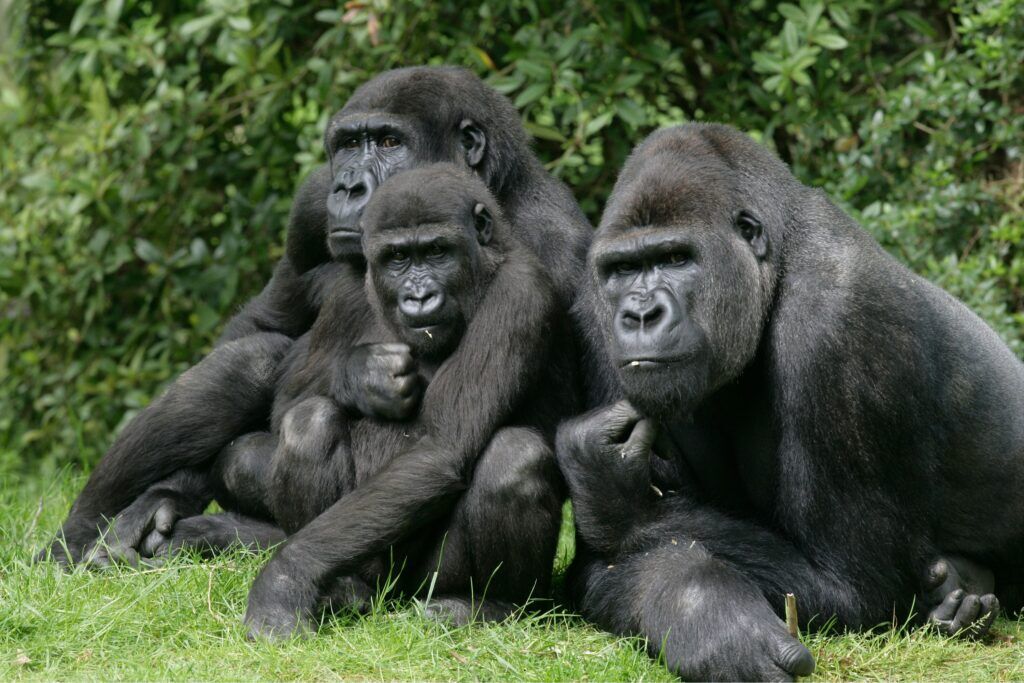
No gender equality
As much as they are like us, though, gender equality isn’t really a thing among them. One silverback male leads the troop, and his wish is command. He has a pretty neat position actually, since all women tend to focus on him, and younger males don’t dare to discuss his position. These blackback males even tend to leave when they come of age looking for a troop of their own.
There is a silver lining to the silverback though (pun intended) as he is not a complete macho. True, he takes his job as the protector of the group very seriously. But as a gorilla father he also shares the responsibility for the kids by correcting them and playing with them. And if through bad luck a mum dies, he even takes over her role with her kids.
Eating, farting, humming, cuddling, protecting AND taking care of the kids – these silverback men do seem very human indeed, heck, some of us could even take them as an example…
How to behave on a gorilla trek
Mountain gorillas live in troops of usually ten to twelve individuals. An adult silverback male can be around 170 cm tall and weigh up to 180 kg, so get ready to be impressed. These huge black-furred creatures are also six times stronger than the average human, so you better don’t anger him.
How to do that? Simply keep your distance, avoid eye contact and speak softly. And believe us: as soon as a male gets irritated, you’ll know. He starts to make sounds, beats his chest and emits a weird odor that humans are said to smell even from over 20 metres away. So make sure to keep your ears and nose open!
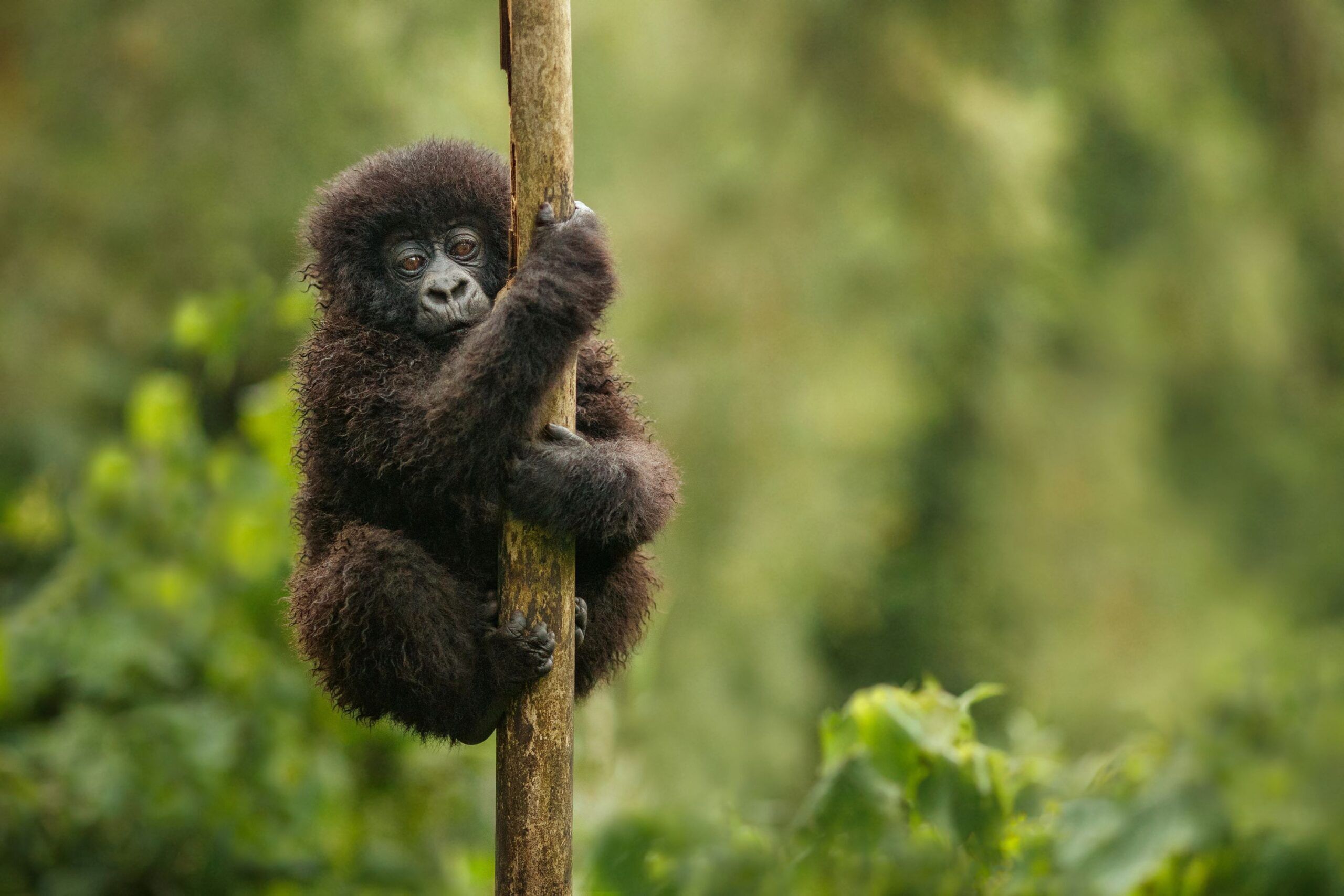
An exclusive adventure
In any case, a visit to gorilla land is not for the faint-hearted. It takes a hike of one to six hours in pristine and misty rainforests to find a troop. In order to do so, your guides cut their way through the thick vegetation with their machetes as there are no roads or paths. At an altitude of mainly over 2,000 metres, people have even suffered from altitude sickness. And one last piece of advice: since you need to hike on slippery mountain slopes through thick forest vegetation, a minimum level of fitness is recommendable.
Fewer than one hundred people are allowed to go trekking in Bwindi per day, and each group consists of eight gorilla trekkers tops. Yes, it’s all pretty exclusive, which also means that you’ll get to very a good look – a seat in front row so to speak.
If you can hardly believe all of this, you best go gorilla trekking and see for yourself. We are quite sure you will not regret it.
One last VII (Very Important Info): gorilla trekking is an extremely popular activity (understandably) and since it requires both a guide and a permit, it needs to be planned and booked well in advance.
Just get in touch and we’ll get you on “trek” 😉
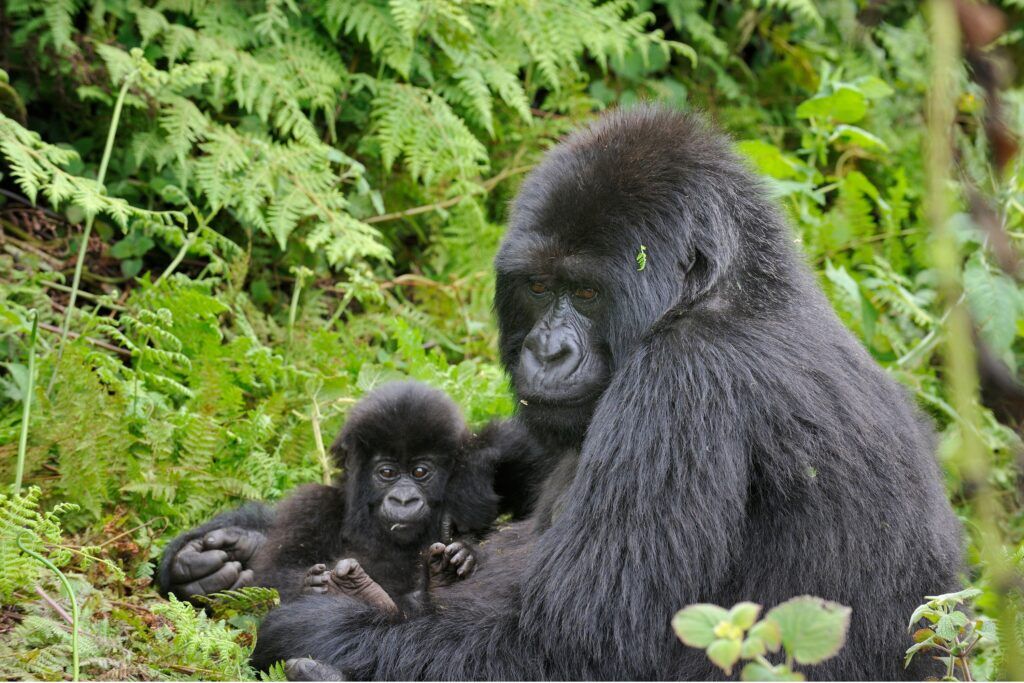
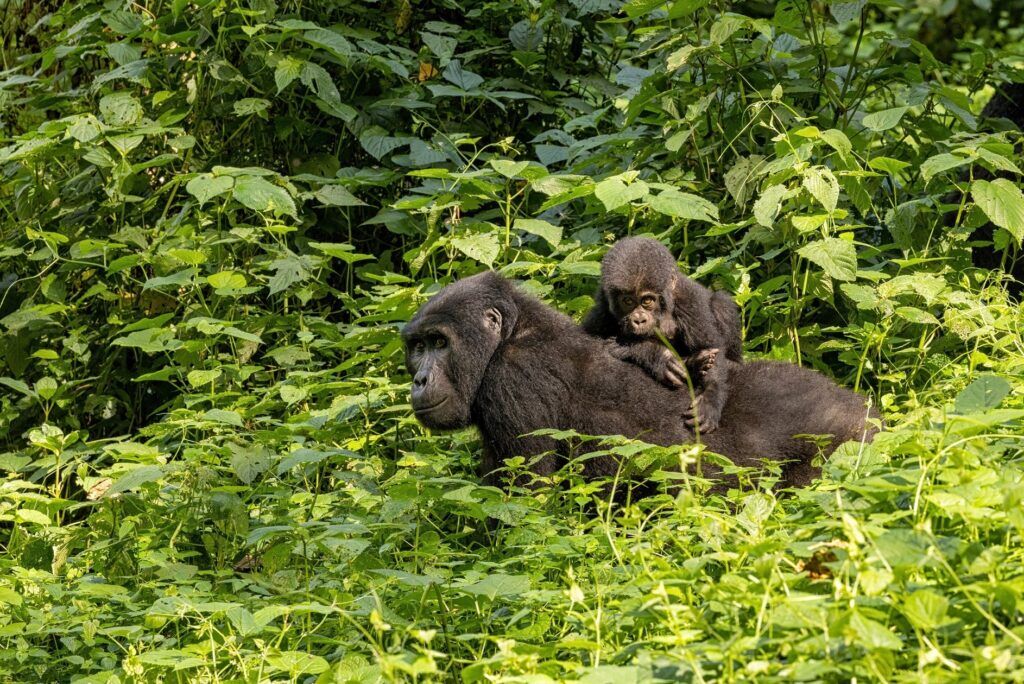
Let us create your tailor-made trip
Receive a free, no obligation quote
Start planning your dream trip